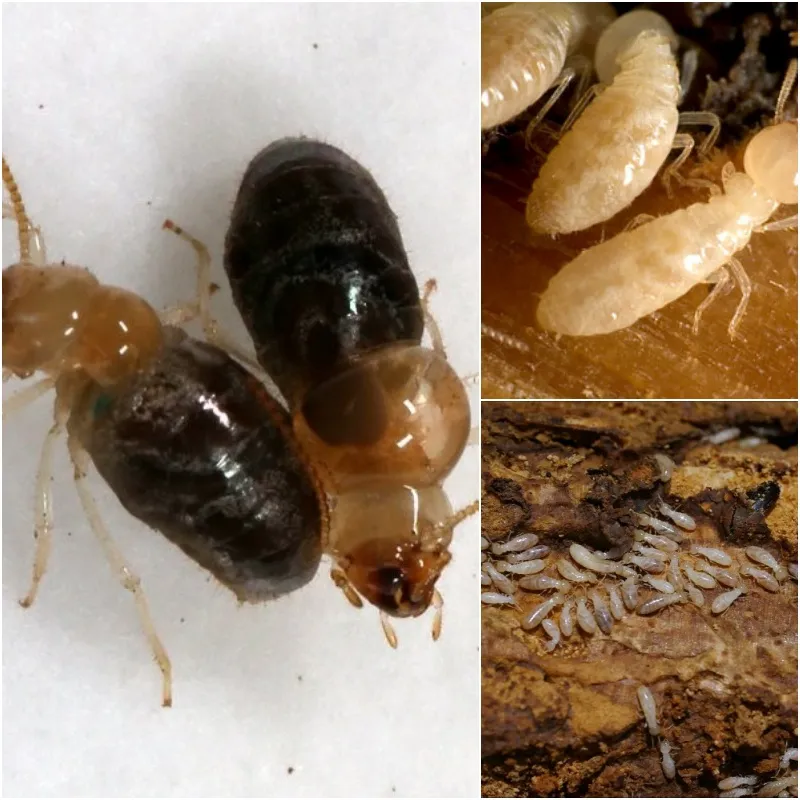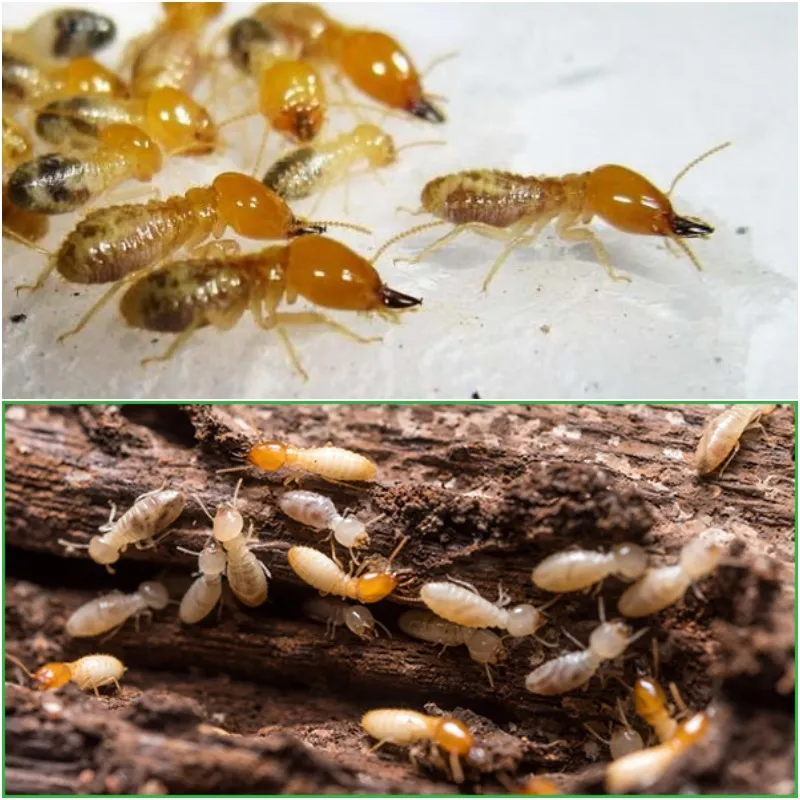
Self-Destructing Termites Sacrifice Themselves to Protect Their Colony
In French Guiana, a species of suicidal termites has developed a unique defense mechanism that allows them to protect their colony by self-detonating. These termites carry a backpack on their backs filled with volatile toxins, ready to explode when necessary to eliminate predators. On September 3rd, Live Science published a new study that unveils how these termites use their lethal backpack to safeguard their colony.

In 2012, scientists discovered that older worker termites of the species Neocapritermes taracua have the ability to self-detonate when threatened. These termites possess a special gland in their abdomen that secretes the blue enzyme laccase BP76, which accumulates in a sac on their backs. As the termites age, this enzyme-filled backpack becomes densely packed with blue crystals containing copper. When under attack, the worker termites rub their bodies together, activating the enzyme, which then mixes with their salivary secretions to produce a sticky liquid rich in benzoquinone—a highly toxic compound capable of paralyzing or killing predators.
What intrigued researchers was how the enzyme BP76 remains stable in its solid state while stored on the termites’ backs, yet reacts instantly when needed. Scientists have provided the first high-resolution crystal structure of this enzyme. The research team, led by Jana Škerlová from the Institute of Organic Chemistry and Biochemistry of the Czech Academy of Sciences, found that the 3D structure of this enzyme features various stabilization mechanisms. The enzyme is folded compactly to prevent degradation, and an additional protective layer comes from sugar molecules linked to the protein, forming a shield that stabilizes the enzyme’s structure.

One particularly intriguing feature of BP76 is the unusually strong chemical bond between two amino acids, lysine and cysteine, near the enzyme’s active site. This bond not only stabilizes the enzyme’s structure but also ensures that it can be stored in a solid state on the termites’ backs, ready to activate immediately when the colony needs protection.
The ability to store and accumulate the enzyme stably as the termites age is crucial for the colony’s defense. Previous studies suggested that as termite jaws wear down over time, older termites may no longer be able to forage or maintain the colony as effectively as younger ones. However, with their explosive backpacks, older termites become the colony’s last line of defense, delivering a deadly blow to safeguard their home.






